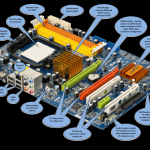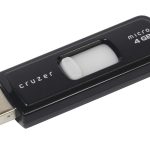The Power Of Storage Devices Function Unveiled: Unlocking Ultimate Efficiency And Performance!
Storage Devices Function
Introduction
Hello Readers,
3 Picture Gallery: The Power Of Storage Devices Function Unveiled: Unlocking Ultimate Efficiency And Performance!
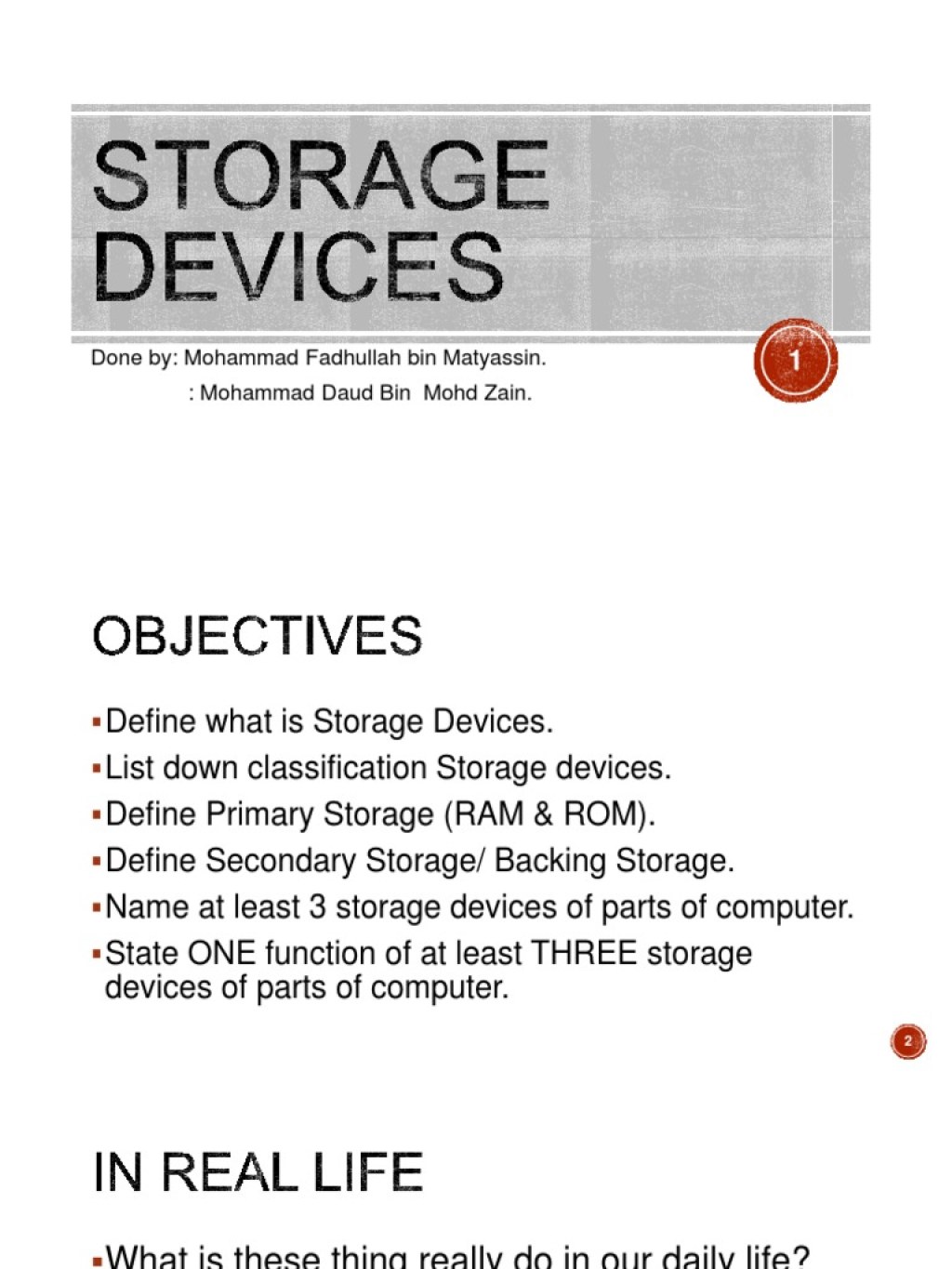
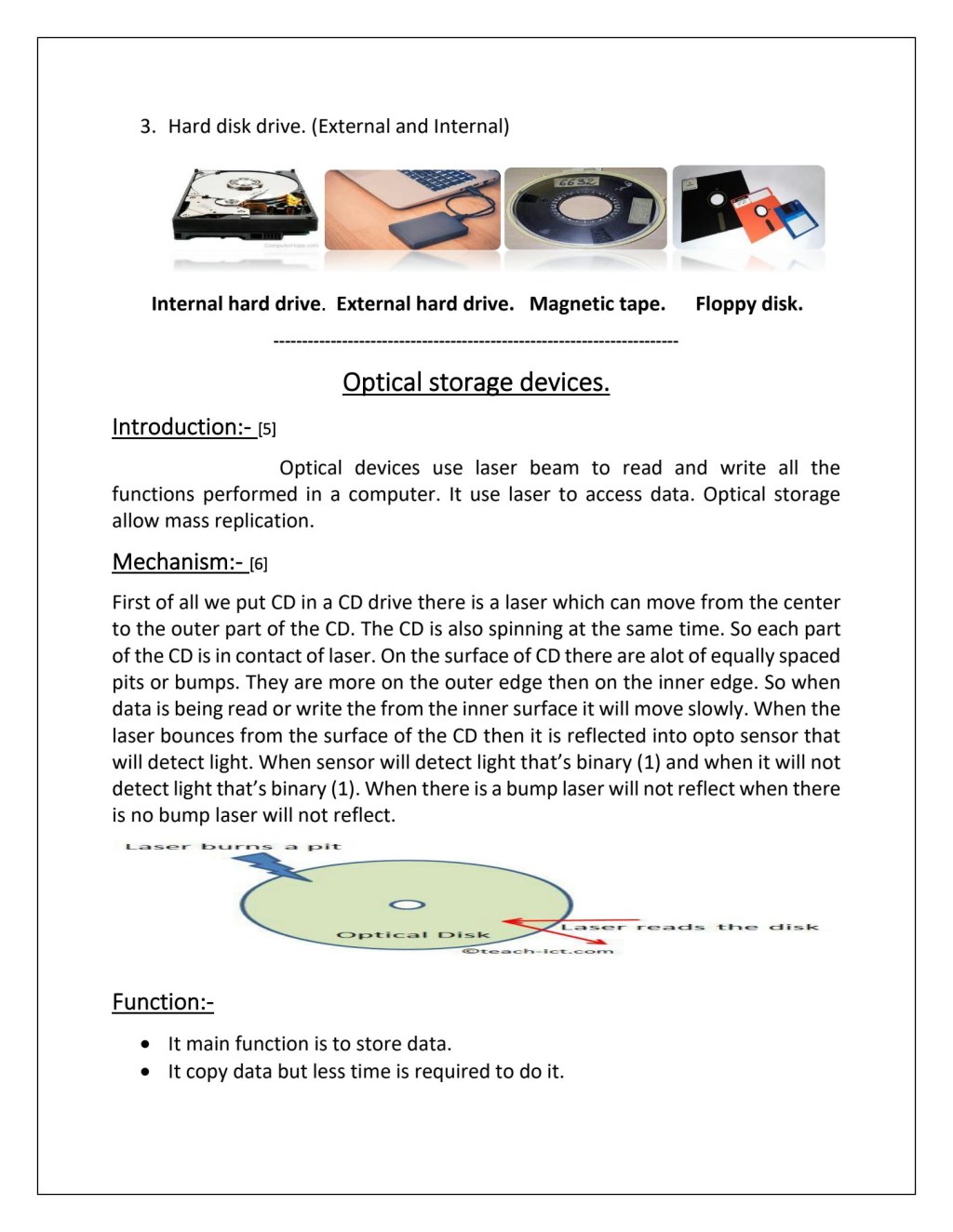
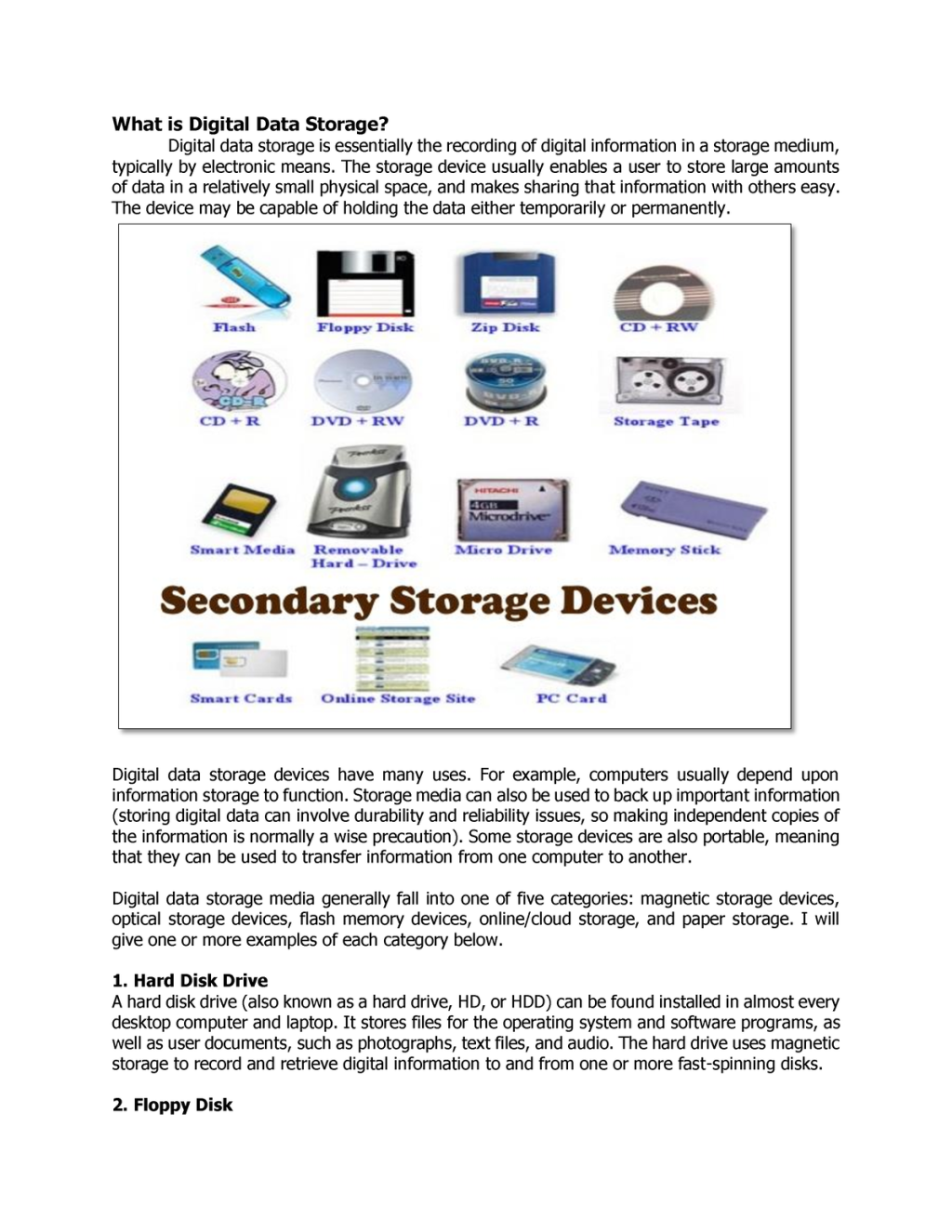
Welcome to our article about the function of storage devices. In this digital age, storage devices play a crucial role in our everyday lives. Whether it’s storing important documents, photos, or videos, or even running complex software and applications, storage devices are essential for storing and retrieving data. In this article, we will explore the various functions of storage devices and their significance in our modern world.
What is a Storage Device?

Image Source: scribdassets.com
🔹 A storage device is a hardware component that allows data to be stored and retrieved. It can be internal or external, and it comes in various forms, such as hard disk drives (HDD), solid-state drives (SSD), USB flash drives, memory cards, and optical discs.
🔹 The primary function of a storage device is to store and preserve data. It provides a permanent storage solution for digital information, ensuring that it remains accessible even when the device is powered off.
🔹 Storage devices use magnetic, electrical, or optical technologies to store and retrieve data. These technologies enable the device to read and write data to its storage medium.

Image Source: amazonaws.com
🔹 Different storage devices have varying capacities, speeds, and durability, which make them suitable for different applications and user requirements.
Who Uses Storage Devices?
🔹 Storage devices are used by individuals, businesses, and organizations. They are essential for storing personal files, documents, and media, as well as managing large amounts of data in professional environments.

Image Source: cloudfront.net
🔹 Consumers use storage devices for backing up their data, transferring files between devices, and expanding the storage capacity of their computers and other devices.
🔹 Businesses and organizations heavily rely on storage devices to store critical data and ensure its security. They use storage solutions such as network-attached storage (NAS) and storage area networks (SAN) for centralized data management and access.
When are Storage Devices Used?
🔹 Storage devices are used in various scenarios, including:
🔸 Storing and accessing files and documents
🔸 Running software and applications
🔸 Streaming and media playback
🔸 System backups and disaster recovery
🔸 Data archiving and long-term storage
🔸 Virtualization and cloud storage
Where are Storage Devices Used?
🔹 Storage devices are used in a wide range of settings, including:
🔸 Personal computers and laptops
🔸 Servers and data centers
🔸 Mobile devices such as smartphones and tablets
🔸 Gaming consoles
🔸 Surveillance systems
🔸 Embedded systems and IoT devices
Why are Storage Devices Important?
🔹 Storage devices are essential for data storage, retrieval, and management. They provide a reliable and secure way to store valuable information.
🔹 Storage devices enable us to keep our personal and professional data organized and easily accessible.
🔹 They play a crucial role in data backup and recovery, ensuring that we can restore our data in the event of hardware failure or data loss.
🔹 Storage devices also contribute to the performance and speed of our devices, as faster storage solutions can significantly improve data access times.
How Do Storage Devices Work?
🔹 Storage devices work by storing and retrieving data using different technologies:
🔸 Hard disk drives (HDD) use magnetic storage to read and write data to spinning platters. A read/write head moves across the platters to access the desired data.
🔸 Solid-state drives (SSD) use flash memory chips to store data. They have no moving parts, which makes them faster, more durable, and less prone to mechanical failure than HDDs.
🔸 Optical discs, such as CDs, DVDs, and Blu-ray discs, use lasers to read and write data to their reflective surfaces.
🔸 USB flash drives and memory cards use flash memory to store data and can be easily connected to devices via USB ports or memory card slots.
Advantages and Disadvantages of Storage Devices
Advantages:
1. 🔹 High storage capacity allows users to store large amounts of data.
2. 🔹 Portability enables users to carry their data with them wherever they go.
3. 🔹 Fast data transfer speeds allow for quick file access and transfer.
4. 🔹 Durability ensures that data remains intact even in harsh conditions.
5. 🔹 Compatibility with different devices and operating systems makes storage devices versatile.
Disadvantages:
1. 🔹 Limited lifespan, as storage devices can fail over time.
2. 🔹 Vulnerability to physical damage, such as dropping or water exposure.
3. 🔹 Security risks if lost or stolen, as sensitive data can be accessed by unauthorized individuals.
4. 🔹 Cost, as storage devices with higher capacities and faster speeds tend to be more expensive.
5. 🔹 Limited storage capacity compared to cloud storage solutions.
FAQs about Storage Devices Function
1. 🔸 Can I use a storage device with multiple devices?
➡️ Yes, storage devices such as USB flash drives and external hard drives can be easily connected and accessed by multiple devices.
2. 🔸 How do I choose the right storage device for my needs?
➡️ Consider factors such as storage capacity, speed, compatibility, and durability to choose the most suitable storage device.
3. 🔸 What is the difference between HDD and SSD?
➡️ HDDs use spinning disks and magnetic storage, while SSDs use flash memory. SSDs are generally faster and more durable than HDDs.
4. 🔸 Can I upgrade the storage capacity of my device?
➡️ In many cases, yes. Some devices allow for storage upgrades by replacing or adding storage devices.
5. 🔸 How can I protect my data stored on a storage device?
➡️ You can encrypt your data, use strong passwords, and regularly back up your data to ensure its security.
Conclusion
In conclusion, storage devices play a vital role in our digital world. They provide a means to store, access, and manage our data, whether it’s for personal or professional use. From HDDs to SSDs, USB flash drives to memory cards, storage devices offer various options to meet different storage needs. It’s important to consider factors such as capacity, speed, durability, and compatibility when choosing a storage device. Remember to regularly back up your data and protect it with strong security measures. Embrace the power of storage devices and ensure the safety and accessibility of your valuable information.
Final Remarks
Dear Readers,
Thank you for taking the time to read our article about storage devices’ functions. We hope you found it informative and useful in understanding the significance of storage devices in our daily lives. Remember to make informed decisions when choosing storage devices and always prioritize data backup and security. If you have any further questions or need assistance, feel free to reach out to us. Happy data storing!
This post topic: Computer Hardware
